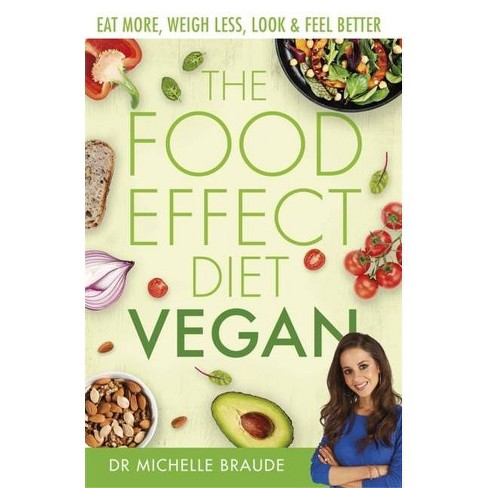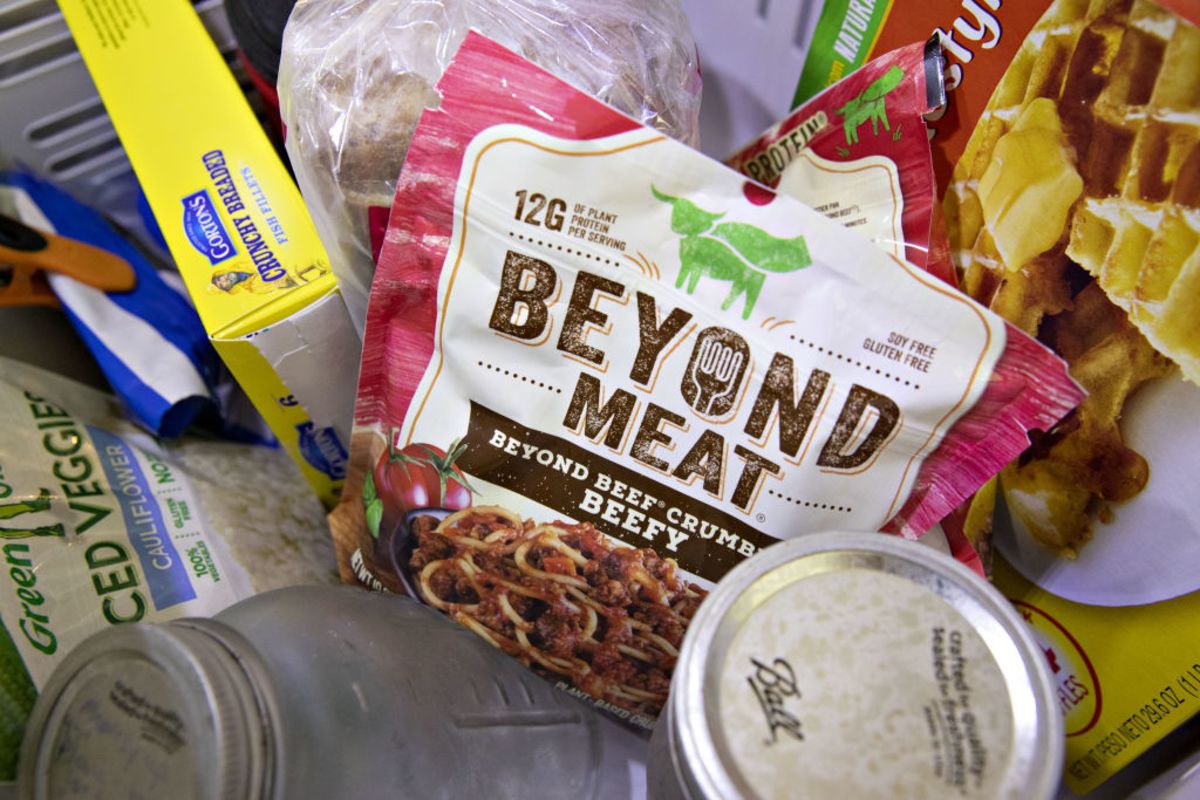
If you are wondering how to get iron on a vegan diet, you need to know that there are many ways to get this nutrient. These include legumes and beans, quinoa, and Snickers bar. You can also get iron through meat and fish.
Legumes
Incorporating legumes into your vegan diet will help you get enough iron. These foods are rich in iron and are packed with fiber and other nutrients. They are also a great source for energy. Here are some great ideas to include legumes within your diet.
Beans
A vegan diet should provide enough iron. Five million Americans are affected by iron deficiency. It may seem impossible to get enough iron through a vegan diet. However, there are many ways to get it from plants.

quinoa
You can get iron on a vegan diet by adding quinoa to your meals. This ancient grain has a lot of nutrients and protein. It's grown in the Andes Mountains. You can get about 2.8 mg of iron from one cup of cooked quinoa.
Snickers bars
Two simple ways to get iron from a vegan diet are available. The first is to eat Snickers bars. You can also make them yourself. You can freeze your homemade Snickers bars up to three months, and then thaw them out when you are ready.
Pulses
Pulses are one the best sources to iron for vegans. They have a high amount of iron per serving and are also rich in fiber. They are also good for vegetarians as a source of protein. There are many commercially available vegan foods that have been fortified to contain iron. Just make sure to choose products with low sodium and high levels of iron. You can also make your own snacks that are rich in iron and low in calories.
Grassfed beef
It is possible to get sufficient iron through a vegan diet if you eat grass-fed beef. This beef is high in vitamins A, E, and other fat-soluble nutrients that support a healthy immune system. They help in the growth of bone and cells. You should be cautious when choosing beef because it might contain more saturated fat and cholesterol. Limiting the amount of meat you consume is also important. Research also shows that eating meat increases the risk of developing colon cancer. There are many cancer-causing ingredients in overcooked meat.

Red meat
There are many methods to get the iron your body needs while still being vegan. Legumes are a great source of iron. This mineral is abundant in beans, legumes, lentils and soybeans. These foods can provide iron for your daily needs. Each serving contains 6.6 mg. The highest amounts of iron are found in kidney beans and lima beans.
Fish
Your body can obtain iron by eating a variety foods made from plants. The National Institutes of Health recommends that vegetarians consume at most eight milligrams of vitamin iron per day. This amount rises to 27.7 mg per day for women between the ages 20 and 50. Additionally, pregnant women need 27 milligrams daily of iron for the health and well-being of their baby. Non-heme Iron is less easily absorbed than heme. This is why vegetarians need to be careful. In addition to consuming enough iron-rich plant-based foods, vegetarians should avoid taking certain medications that may reduce the absorption of iron.
Organ meat
It can be beneficial to eat a vegan diet in order to obtain essential nutrients like iron. It can also lead to problems. A high-protein, vegan diet can lead to deficiency in certain nutrients, including iron. The problem is that vegans can't get enough of these nutrients from plant foods. Fortunately, there are a few ways to make up for it.
FAQ
What is the distinction between a calories and a kilogramcalorie?
Calories are units used to measure the amount of energy in food. Calories are the unit of measurement. One calorie is equal to one degree Celsius in energy.
Kilocalories are another way to describe calories. Kilocalories can be measured in thousandsths of one calorie. 1000 calories is one kilocalorie.
Which are the top 10 foods you should eat?
These are the 10 best foods you can eat:
-
Avocados
-
Berries
-
Broccoli
-
Cauliflower
-
Eggs
-
Fish
-
Grains
-
Nuts
-
Oats
-
Salmon
What should I be eating?
Consume lots of fruits, vegetables. These vegetables and fruits are rich in vitamins and minerals that will keep your immune system strong. Also, fruits and veggies are rich in fiber. This makes them filling as well as helping with digestion. You should eat at least five servings per day of fruits and vegetables.
Make sure you drink plenty of water too. Water flushes toxins from your body and helps you feel full between meals. Drink about eight glasses each day.
Whole grains are better than refined grains. Whole grains contain all of their nutrients, including B vitamins and iron. Refined grain has lost some of its nutrition.
Avoid sugary drinks. Sugary drinks are loaded with empty calories and contribute to obesity. Instead, you can opt for water or milk, as well as unsweetened herbal teas.
Avoid fast food. Fast food has very little nutritional value. You won't get the energy you need to function well, despite how delicious it may be. Stick to healthier options such as salads, soups, sandwiches, and pasta dishes.
Limit alcohol consumption. Avoid alcohol as it can cause empty calories and poor nutrition. Limit yourself to no more than two alcoholic beverages a week.
Reduce the consumption of red meat. Red meats have high levels of cholesterol and saturated fat. Opt for lean cuts of beef, pork, lamb, chicken, fish, and turkey instead.
Does being cold give you a weak immune system?
It's been said that there are two kinds of people in the world; those who love winter and those who hate it. You may wonder why you feel so miserable in the cold, no matter how much you love or hate winter.
Our bodies were designed to work best in warm climates. Hot climates are where our food sources are most plentiful, and we evolved to thrive there.
Now, however, we live in a completely different environment to how our ancestors lived. We spend much more time indoors, often exposed to extreme temperatures (cold and heat), and we eat foods that are processed rather than fresh.
Because of this, our bodies have become accustomed to extremes. It means that when we do go outdoors, our bodies feel tired, sluggish even sick.
These effects can be reversed, however. One way is to make sure that you stay well-hydrated throughout the day. Water is essential for your body to function properly and eliminate toxins.
It is important to eat healthy foods. Healthy food will help your body maintain its optimal temperature. This is particularly helpful for anyone who spends long periods of time inside.
Consider taking a few moments each morning to meditate. Meditation helps you relax your mind and body, which makes it easier to deal with stress and illness.
What is the best way to eat?
Your age, gender, body type, and lifestyle choices will all impact the best diet. Also, consider your energy expenditure, your preference for low-calorie food, and whether you enjoy eating fruits or vegetables.
Intermittent fasting is a good option if you're trying to lose weight. Intermittent fasting allows you to consume only specific meals throughout your day rather than three large meals. You might find this way to be more beneficial than traditional diets, which have daily calorie counts.
Research suggests that intermittent fasting may increase insulin sensitivity and reduce inflammation. This can result in improved blood sugar levels as well as a lower risk of developing diabetes. Some research also suggests that intermittent fasting might promote fat loss, and improve overall body composition.
Do I need to count calories?
Perhaps you are wondering what the best diet is for you. or "is counting calories necessary?" Well, the answer depends on several factors including your current health status, your personal goals, your preferences, and your overall lifestyle.
The Best Diet For Me: Which One Is Right?
The best diet depends on me, my health, my goals, my lifestyle, and my preferences. There are many good and bad diets. Some diets work well for some people and others do not. So what should I do? What can I do to make the right decision?
This article aims at answering these questions. The article starts by introducing the many types of diets currently available. After that, you will learn about the pros and disadvantages of each type. Finally, we'll discuss how to select the best one.
Let's start by taking a look at the various types of diets.
Diet Types
There are three main types: low fat, high proteins, and ketogenic. Let's take a look at them all below.
Low Fat Diets
A low-fat diet restricts fat intake. This is achieved by reducing saturated fat intake (butter, cream cheese etc.). You can replace them with unsaturated oils (olive oil and avocados) If you want to lose weight fast and easily, then a low-fat diet is often recommended. However, this kind of diet may cause problems such as constipation, heartburn, and indigestion. It can also lead to vitamin deficiencies, if someone doesn't get enough vitamins in their food.
High Protein Diets
High protein diets reduce carbohydrates to favor of proteins. These diets often have higher levels of protein than most other diets. These diets are intended to increase muscle mass and reduce calories. They may not be able to provide sufficient nutrition for people who need it. They are not suitable for all people because they can be restrictive.
Ketogenic Diets
The keto diet is also known as the keto diet. They are high fat and moderately carbohydrate and protein-rich. They are commonly used by athletes and bodybuilders as they allow them to train harder, longer and without feeling fatigued. They do require strict compliance to avoid any side effects like fatigue, headaches, nausea, and headaches.
Statistics
- The Dietary Guidelines for Americans recommend keeping added sugar intake below 10% of your daily calorie intake, while the World Health Organization recommends slashing added sugars to 5% or less of your daily calories for optimal health (59Trusted (healthline.com)
- WHO recommends reducing saturated fats to less than 10% of total energy intake; reducing trans-fats to less than 1% of total energy intake; and replacing both saturated fats and trans-fats to unsaturated fats. (who.int)
- According to the Physical Activity Guidelines for Americans, we should strive for at least 150 minutes of moderate intensity activity each week (54Trusted Source Smoking, harmful use of drugs, and alcohol abuse can all seriously negatively affect your health. (healthline.com)
- In both adults and children, the intake of free sugars should be reduced to less than 10% of total energy intake. (who.int)
External Links
How To
How to Live a Healthy Lifestyle
A healthy lifestyle is one where you are able to maintain your weight, your health and your fitness level. This lifestyle includes healthy eating habits, regular exercise, adequate sleep, and abstaining from drugs, alcohol, caffeine, tobacco and other harmful substances. Healthy lifestyles help you to feel great about yourself, stay active, and be healthy. In addition, a healthy lifestyle reduces your risk of chronic diseases like heart disease, stroke, diabetes, cancer, osteoporosis, arthritis and many others.
The main goal of this project was to provide a step-by-step guide on how to live a healthier life. The introduction is the first part of this project. This explains why healthy living should be encouraged and who it is. I then wrote the body paragraphs. They contain various tips for how to maintain a healthy lifestyle. The conclusion summarizes the article and offers additional resources if necessary.
I learned how to create a concise and clear paragraph through this assignment. Also, I learned how my ideas could be organized into topic sentences or supporting details. Because I had to locate specific sources and properly cite them, my research skills improved. I also learned how to write with proper grammar.